I. Vegetable Powder Introduction
The vegetable powder is a good nutrient supplement for all ages, such as the young and the old who have difficulties chewing vegetables with their tooth, children who don’t like eating vegetables, the adults who are usually on a business trip that is short of a certain amount of vegetables and so on.
The vegetable powder is processed from vegetable raw materials through main steps of dehydrating firstly and grinding or pulping firstly and drying. Vegetable powder has low moisture so it can be stored longer than the fresh one, which reduces the cost of preservation, transportation, and packing. Vegetable powder processing has no strict standards for material size and shape, resulting in high utilization ratio of materials and thus broadening the vegetable application range.
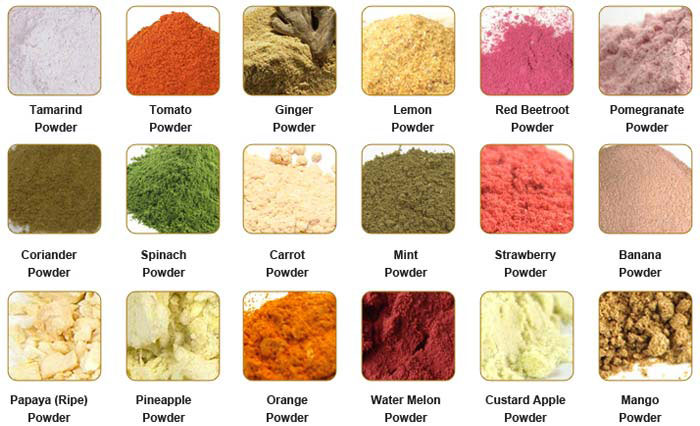
II. Vegetable Powder Applications
Studies have proven that vegetable powder could be used in many kinds of food processions for enriching food nutrient composition, color, and flavor. For example, in the bakery, spring onion powders are added to biscuits processing.
In pasta and cuisine, carrot powder can be put into noodles processing; vegetable powder is also added in bread for a colorful change; garlic or celery salt, spinach powders can lift any pasta sauce, casseroles, soups or fresh dip; or add vegetable powders to scrambled eggs, omelets or souffles.
In functional foods like dietary supplements or baby nutrient food, which green powders can be processed into it and provide nutrition like vitamins and minerals for people. In meat products, it’s a good choice to put pepper powders in sausage.
In beverage, carrot or cucumber powders are added in drinks of some brands. In the restaurant, you will find ”red onion dust”, garnishing raclette-covered brioche, as well as goat’s fetta dusted with pistachio powder in clever establishments, especially a new cooking method: Molecular Gastronomy, means cooking that seeks to find&investigate physical and chemical transformations of ingredients. For example, pumpkin powder can be mixed with hasima to cook a dish which has a yolk appearance.
 Besides consumed as food, some specific vegetable powders can be added as medical ingredients.
Besides consumed as food, some specific vegetable powders can be added as medical ingredients.
In recent years, vegetable powders have been developed by modern technique & economy and used in more and more fields. In the future, micrometer technology is expected to be applied in the specific vegetable powder, it’s the time of technology. when the time comes, technology will directly influence and even determine economy.
III. Vegetable Powder Processing Technology
3.1 There are two main vegetable powder processing technologies:
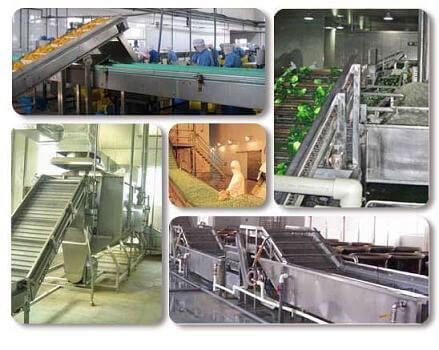 Processing technology I: choose material- washing cleaning-blanching-pulping-drying-grinding- finished vegetable powder
Processing technology I: choose material- washing cleaning-blanching-pulping-drying-grinding- finished vegetable powder
Processing technology II: choose material-washing cleaning-blanching-cutting-drying-grinding-finished vegetable powder
As for drying, technologies are mainly freeze-drying, drum-drying, hot-air drying, and microwave vegetable dehydrating.
3.2 Vegetable Drying Methods for Vegetable Powder Processing
3.2.1 Freeze-drying
Freeze-dried is a process where frozen raw materials are placed in a refrigerated vacuum system and, without thawing, are dehydrated—the ice in the product is sublimated into water vapor. Customers only need to place the vegetables evenly on the tray and the operation is high automatic. During the vacuum drying process, cell structure remains intact. The dried vegetable also retains the color, shape, flavor and nutritional value of the original material better than other drying methods. After grinding, you can get the vegetable powder.

Spray drying is able to dry vegetable juice or slurry into powder granules by the hot spray drying technology. All spray dryers use some type of atomizer or spray nozzle to disperse the liquid or slurry into a controlled drop size spray. The processing steps are reception, sorting, washing, peeling(if necessary), cutting, pulping, sterilizing, drying and packing. The dry powder is free-flowing and micro safe, due to the high temperatures during the process. Spray drying products can be applied to food: spices, flavorings, pharmaceutical: medical ingredients and industrial: microalgae.
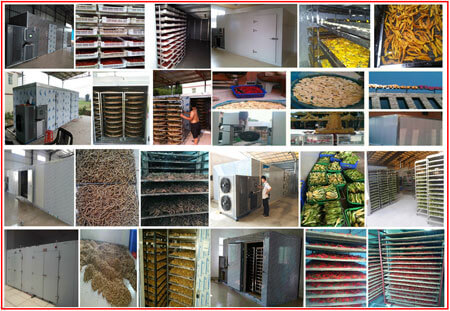 3.2.3 Hot air drying method
3.2.3 Hot air drying method
Hot air drying method is a commonly used method for drying vegetable. The best drying temperature of hot air drying machine is 60℃. Vegetables dried under this temperature are easy to be ground into vegetable powder and the finished vegetable has better color. Research shows that hot air drying method for making vegetable powder is cost-effective, easy to operation, consumes short drying time and is suitable for industrial vegetable powder production.
3.2.4 Drum-drying
In the drum-dried process, after washing and cutting, raw ingredients are pureed by the vegetable pulping machine. Then they are transferred by the conveyor to be dried at relatively low temperatures over two rotating, high-capacity drums that produce sheets of drum-dried product. Next, this product is milled to a finished powder form by grinding machine, and after final sieving, the powders will be packed by packing machine. Drum-dried vegetable powders reconstitute immediately and retain much of their original flavor, color, and nutritional value, at an economical price. It can be used in almost any application, the most common include vegetable leathers, snacks, and fillings.
IV. Vegetable Powder Consumption in Regions
4.1 American market demand of vegetable powder
Vegetable powder has become an increasing demand in America recently, the reasons are because of its light packaging technology, multiple functionalities and various flavors or colors for people to choose.
It’s estimated that the use of industrial products in North America will turn down a little because people’s health awareness has increased. And the decreased part of industrial products is likely to be frozen vegetables and canned vegetables, while other industrial products like vegetable powders will probably have more consumption quantity. According to the market data, more and more consumers choose goods in the place which are not too far from their home, some people moreover choose to buy goods particularly with”Made in the USA” labels. Besides, people also go for labels with more identifiable ingredients which means the whole food that internally involve the requested nutrition, like corn for its fiber content and bright yellow color, or cucumber for its Vitamin C. The data reveals, natural flavors or colors, original sweeteners and gluten-free are important standards in choosing vegetable powder.
4.2 European demand of vegetable powder
Europe is estimated to be the second largest market for processed agricultural products after America, and which is predicted to hold its considerably steady position in the next five years. According to the data, people in Europe eat more fresh vegetable per capita than people in America do, while American eat more processed vegetable products than European do. Therefore, European will consume relatively more fresh vegetable than processed one. For example, demand for processed vegetable products in the UK is likely to decrease in 2016.
4.3 Asian demand for vegetable powder
In the worldwide, Asia is the top country in vegetable production and vegetable consumption market. Based on the data, Asia is said to be a large part of increasing worldwide need for vegetable products, especially in China and India.
For instance, China shows a demand for cassava powder, a material of “pearl” added in milk tea, importing a large volume of cassava starch from Vietnam. The importing scale is up to 1 million MT last year in Dongxing, a place in China-Vietnam border, costing 2 billion RMB.
India makes up around 15% of the global vegetable production, which follows China as the second largest country in holding vegetable yield. In the present year, India also processes various kinds of vegetable products like dehydrated onion, dried garlic powders, dried tomatoes in form of flakes, powders, and dewatered mushrooms. Indian have a traditional habit of eating a bit more root vegetables such as potatoes, onions, carrots, beans than leafy vegetables, for example, a traditional Indian dish is chicken curry.(chicken fried with potato, onion, carrot and curry powder) Besides, the local restaurants usually select easy-to-keep vegetables or even processed vegetables like flakes or powders in India. Spice powder also has the market in India and consumers use it for adding flavors or colors in food. The popular types of spices are chili powder, ginger powder and etc.
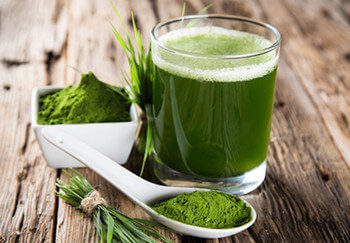
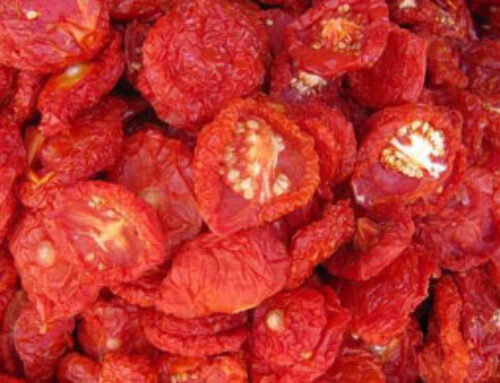
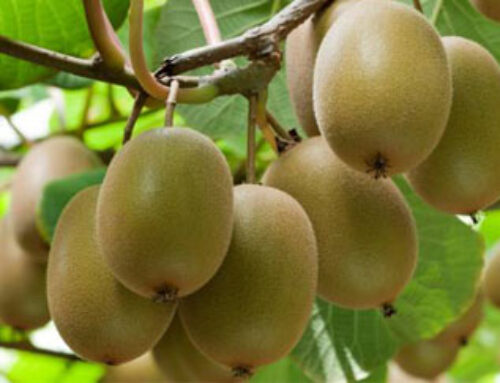
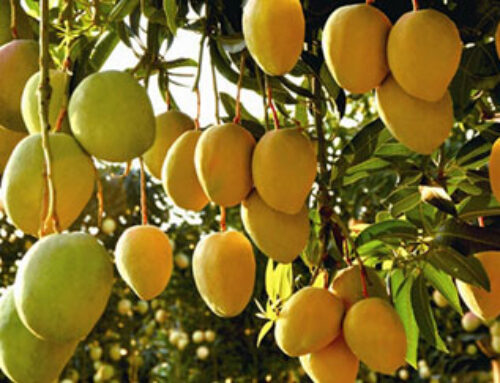
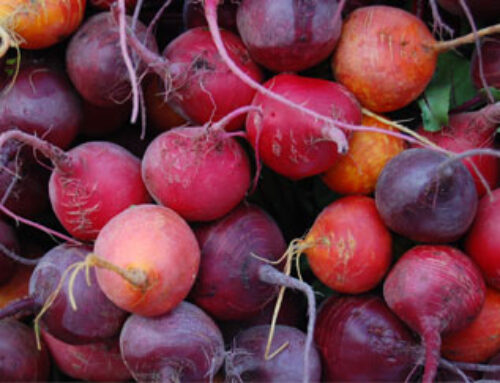

Leave A Comment